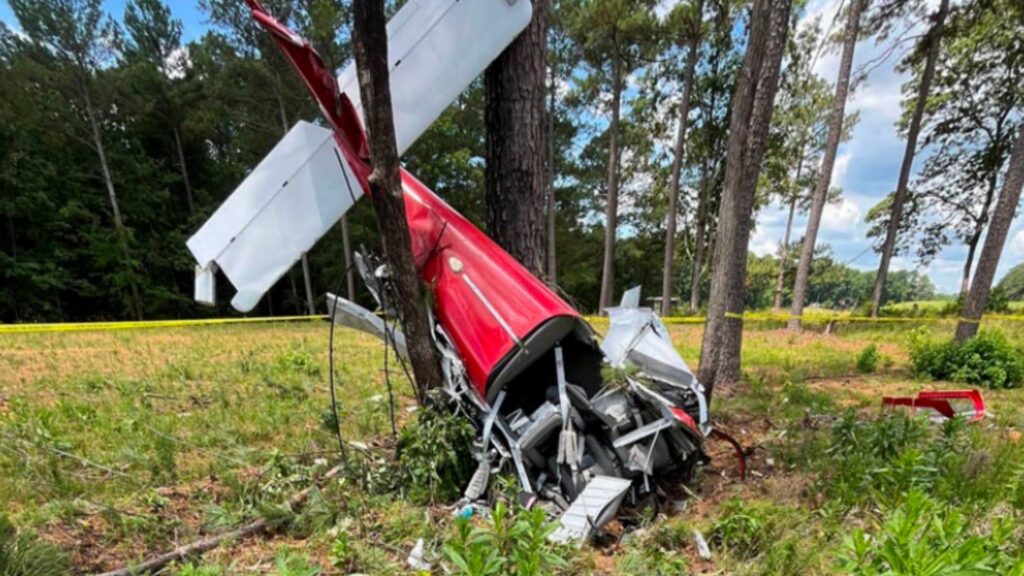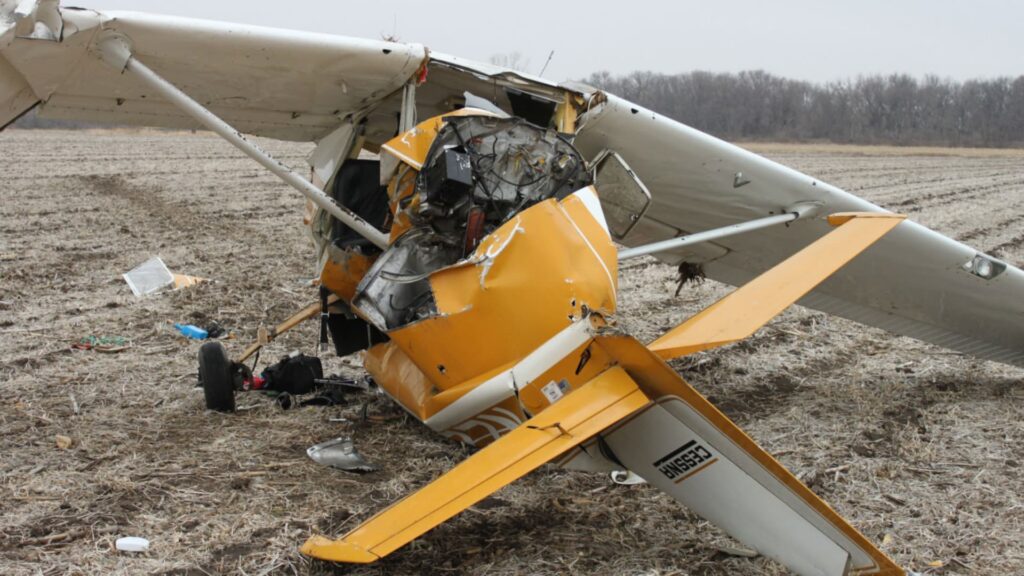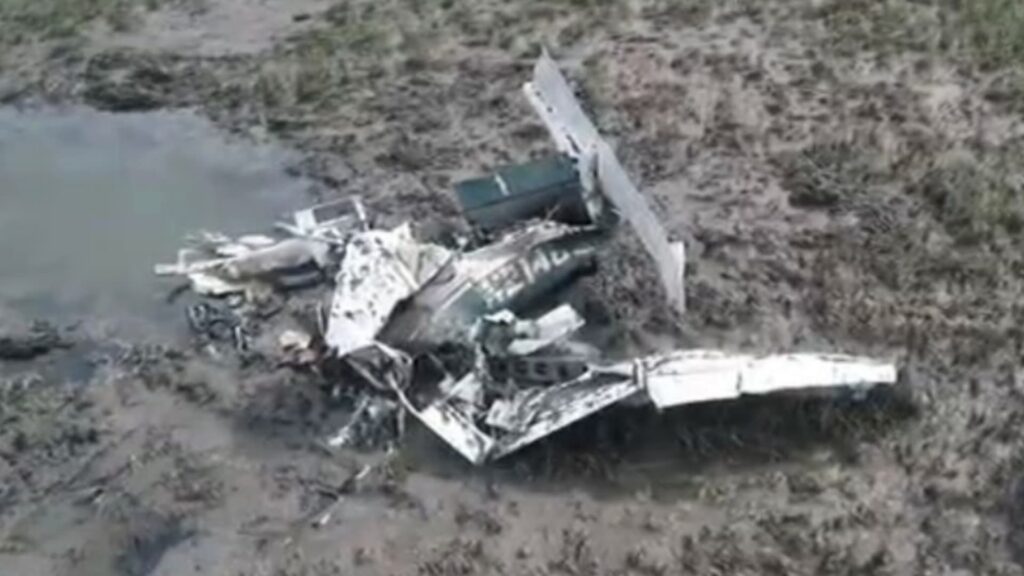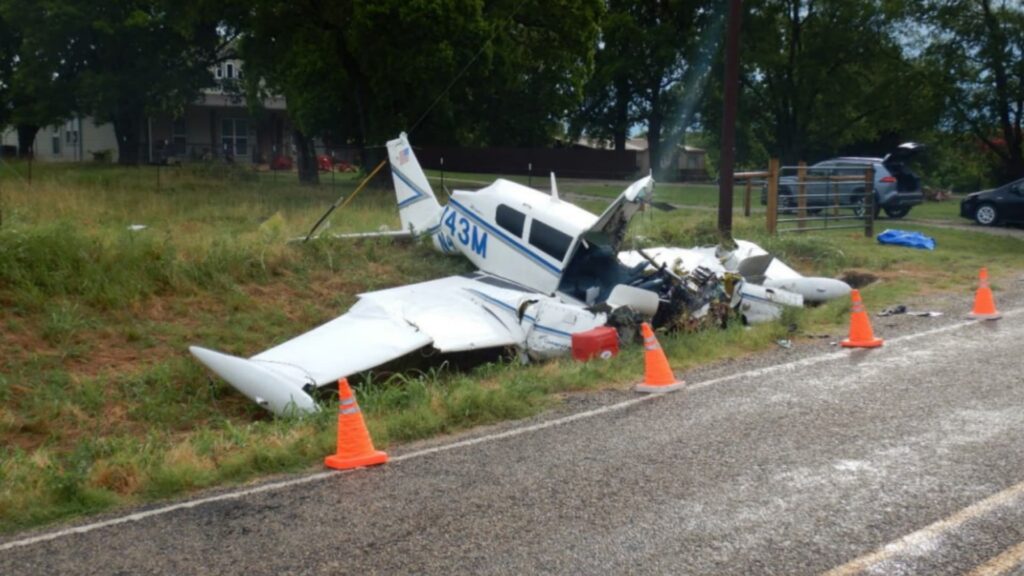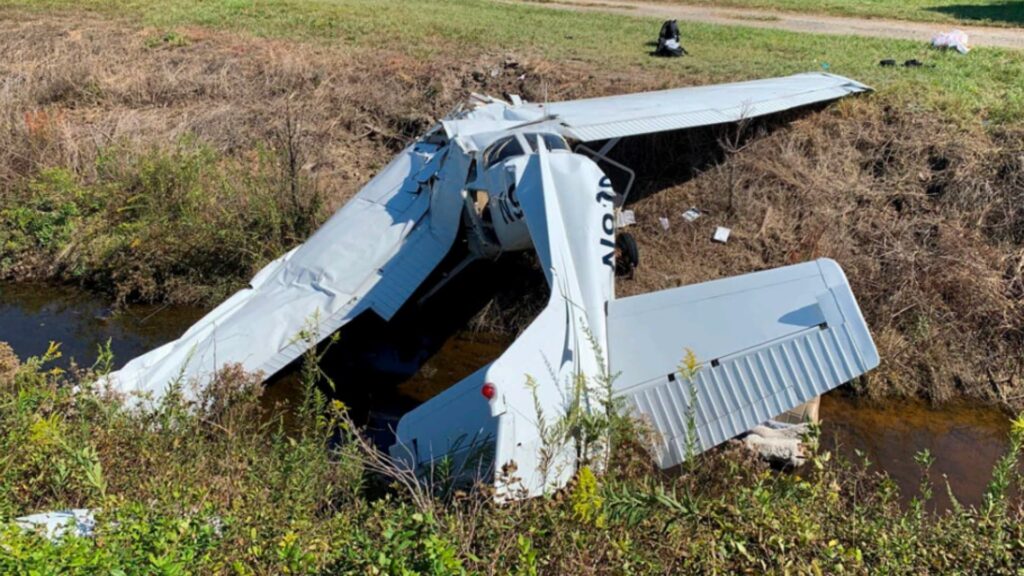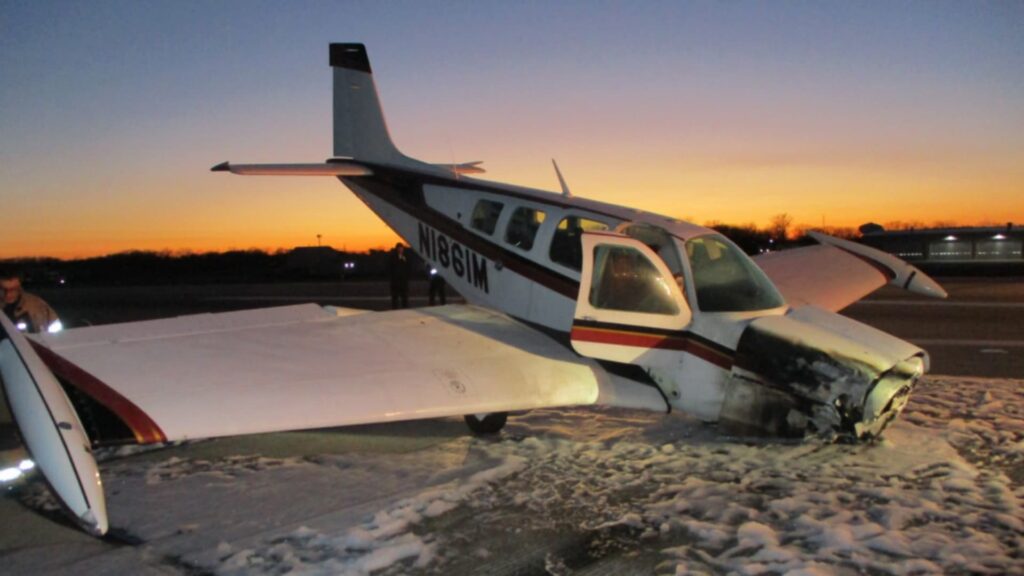Setting the Stage
On a warm June morning in South Carolina, an RV-9A turned final for Saluda County Airport (6J4). The plan was a straightforward full-stop landing after a short hop from Union, SC. The pilot was flying a forward slip to shed altitude, a legitimate tool when you’re high on final. But as the airplane eased below the treeline, the wind changed character. The sink rate increased, the nose yawed right, and by the time the pilot elected to go around, the gear had already found the trees. The airplane came to rest upright, nose-down at the base of two trunks. Both occupants were seriously injured. The airframe took heavy damage. And the NTSB later called it what it was: loss of control on short final in variable wind conditions leading to a collision with trees.
Pilot and Aircraft
The pilot was an experienced 66-year-old private pilot with an instrument rating for airplane. He reported 2,372 hours total time and an exceptional 2,132 hours in the RV-9A—time in type that should have translated into strong pattern habits. He held a current Class 3 medical with limitations, and his most recent flight review had been completed about three months prior. The airplane, an amateur-built 2005 RV-9A (N94NF), carried a 160-horsepower Penn Yan Aero XE320 and tricycle gear. It had an experimental airworthiness certificate and, according to the record, had undergone a condition inspection in January. None of the post-accident findings pointed to mechanical issues, and the pilot reported no preimpact malfunctions. This was Part 91, personal/business flying—nothing exotic, just a routine local arrival to a familiar environment.
Weather and the Airport Environment
The nearest reporting station, Aiken (AIK), sat about 18 nautical miles away and, at 0955 local, showed clear skies, 10 miles of visibility, and light winds from 250 degrees at 4 knots. Temperature/dew point were 30/24°C with an altimeter setting of 30.11. So, on paper, it was a benign summer morning—VMC across the board. But 6J4 has trees close to the approach path, and light surface winds can get quirky over hot fields and uneven terrain. A crosswind component of just a few knots, combined with a localized downdraft on the lee side of a tree line, can bite fast when you’re slow and slipping close to the ground. The NTSB noted both crosswind influence and a downdraft as environmental factors.
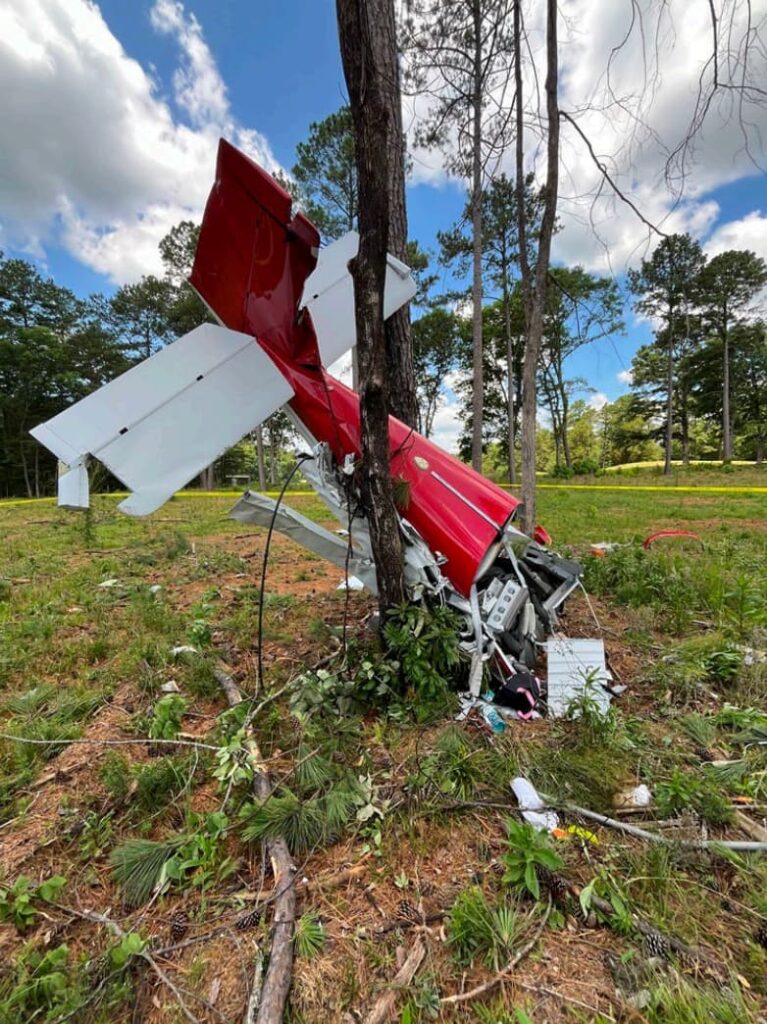
The Approach
The pilot turned final and began a forward slip to correct a high approach. In an RV-9A, the slip is effective; that long wing and responsive rudder make it easy to dump altitude quickly without gaining speed. The tradeoff is that you’re flying cross-controlled, sideslip angle is high, and margin for error near the ground narrows. Slips work best with plenty of runway ahead and no tall obstacles channeling the wind. On this day, the trees to the right of final created just such a channel. As the airplane dropped below the treetops, the airflow likely went from steady to sinky with a nudge from the right. The pilot felt the airplane start to settle and yaw.
The Decision to Go Around
The pilot attempted to go around from that unstable, low-energy state. In most airplanes, a successful go-around from a full slip near the ground demands a quick, disciplined sequence: neutralize the cross-controls, reduce the slip, establish coordinated climb attitude, add power smoothly but promptly, and manage pitch while the engine spools. If the airplane is already sinking and drifting, there’s very little time to do all of that before you’re out of runway—or out of air. Here, the main gear contacted the trees before a climb could really develop. A moment later, the right wing struck a tree and the airplane settled nose-down at the base of two trunks.
Injuries and Damage
Both the pilot and his passenger sustained serious injuries. The RV-9A took substantial damage to both wings, the fuselage, and the vertical stabilizer. There was no post-impact fire, and the ELT—an older C126 model—was installed but did not activate. The damage pattern was consistent with a low-energy, off-runway tree strike during a late go-around attempt.
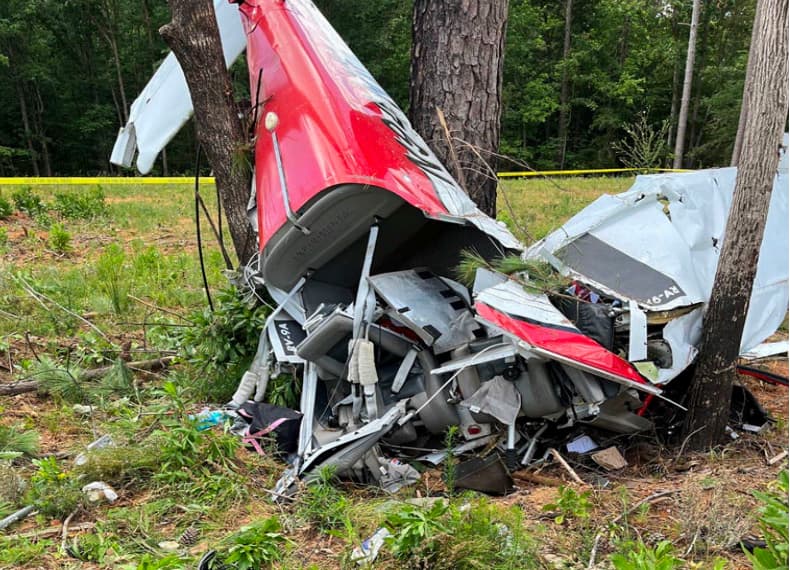
What Changed the Outcome
It’s tempting to simplify this to “don’t slip low,” but that’s not the whole story. Plenty of pilots use forward slips safely right down to short final when conditions are stable and they’re staying well ahead of the airplane. The more interesting question is why the energy picture got away from an experienced RV-9A pilot with thousands of hours.
First, the approach was high enough to require a significant slip. That decision alone isn’t an error, but it is a clue that the airplane was not on a stable glide path. In light, variable winds, a small mis-judgment in aiming point or glide can quickly push you into the “late correction” zone on short final.
Second, the environment changed at the treeline. The NTSB called out a downdraft and crosswind influence. Anyone who’s flown into a tree-lined runway on a summer morning has felt that sinker on short final. If you’re already cross-controlled with less excess energy, the sudden sink can outpace the power-up response you need to arrest it.
Third, the go-around call came late. Late go-arounds aren’t just “too little, too late”—they are mechanically and aerodynamically more complex because you’re transitioning from a cross-controlled descent to a coordinated climb while very near the ground. Reaction time, configuration, and the airplane’s spool-up all compress into a second or two. If the wheels or wingtip meet foliage during that second, the outcome is largely decided.
Human Factors
This pilot’s experience likely cut both ways. On the plus side, thousands of hours and deep time in type suggest comfort with the airplane and its landing habits. But familiarity can nudge us to stretch the envelope on otherwise routine days—accepting a slightly high final, using an aggressive slip close to the ground, and trusting we’ll make it work. There’s also the subtle pressure of a full-stop arrival and the expectation of “making the runway” rather than re-setting the pattern. None of that implies reckless intent; it’s ordinary pilot psychology that shows up when the conditions look easy and the airport is in sight.
Lessons You Can Use Tomorrow
Here are the takeaways I’d brief before your next pattern session:
- Stabilize early. If you’re high on base-to-final, consider an earlier slip with more altitude to spare, or just go around and re-enter the pattern. Slips are tools; they’re not a fix for a fundamentally unstable approach.
- Guard the energy margin below the treetops. Anticipate sink behind obstacles, especially on warm, light-wind days. Add a touch of power proactively as you descend below the treeline and be ready to reduce it again once you’re clear of the shear.
- Decide the go-around sooner. The best go-arounds happen while you still have runway—and options. If your mind is already whispering “this is getting busy,” that’s the cue to abandon the landing while the airplane still has altitude, airspeed, and alignment.
- Un-slip before you climb. If you do need to go around from a slip, neutralize the cross-controls and remove the slip promptly, then add power and pitch for a climb. Practicing this at altitude—with a focus on coordination, pitch control, and yaw management—pays off.
- Mind the crosswind yaw. In a slip, the nose is often off to one side. When the wind shifts or the sink increases, the yaw can tighten just as you add power. The result is a momentary asymmetric lift/drag situation that promotes a wing drop. Keep your feet moving.
- Respect light and variable winds. “Calm” weather lulls us into thinking the air is simple. In reality, light winds plus terrain, trees, and heat often create the most abrupt micro-changes right where you can least afford them—short final.
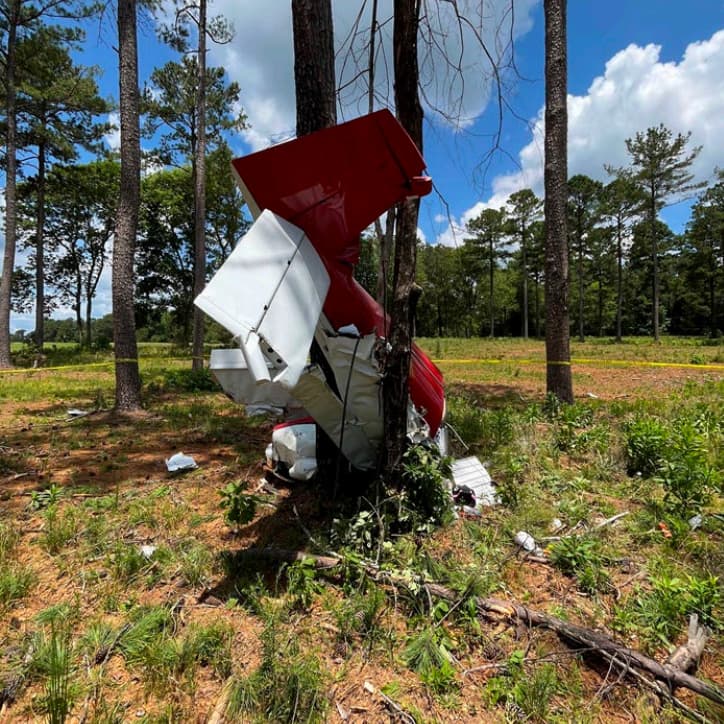
Closing Thoughts
The NTSB’s probable cause was concise: the pilot did not maintain an appropriate glide path in variable winds and struck trees. That’s the objective snapshot. The fuller story is about how a normal tool—an on-final slip—met a small atmospheric surprise at the worst possible height, and how a late go-around didn’t have the time or air under the wings to recover. None of this requires superhero piloting to avoid. It asks for a conservative mindset: stabilize early, anticipate the treeline sink, and call for the go-around before you’re negotiating with the trees.

